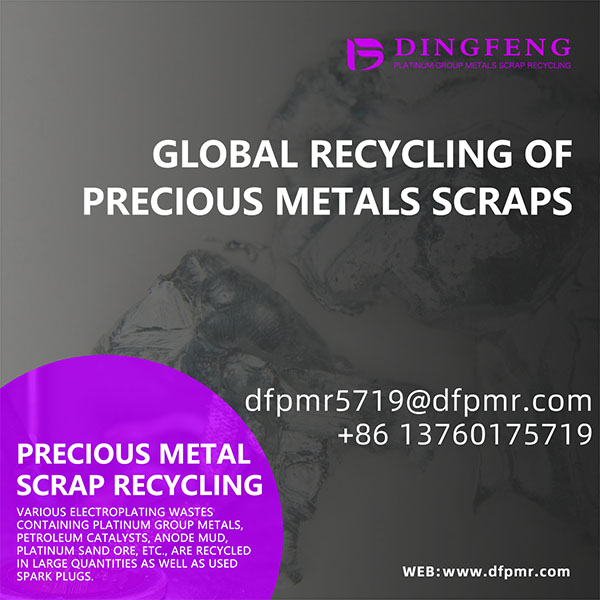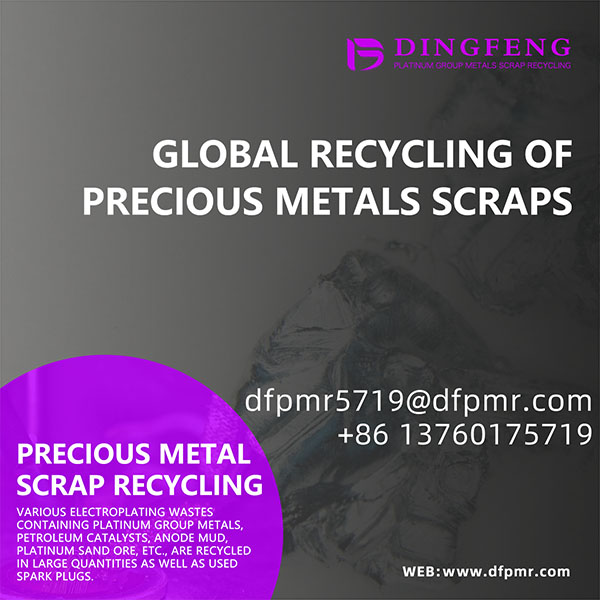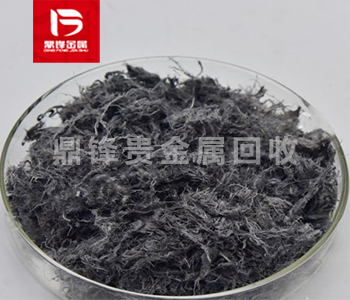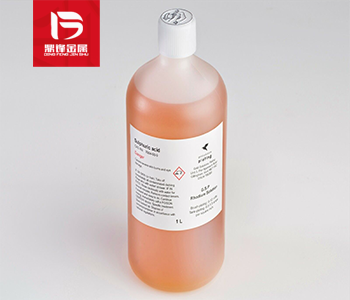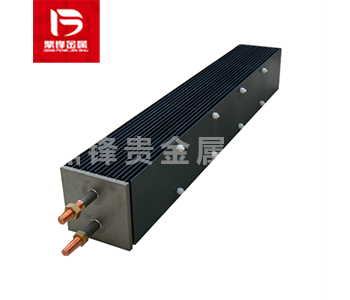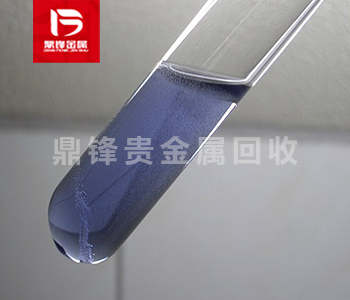Germanium Recovery from Industrial Byproducts: Turning Waste into Profit
Many heavy industries produce germanium-bearing residues without realizing their value. This article explores unconventional germanium sources and modern recovery techniques.
Product Details
Many heavy industries produce germanium-bearing residues without realizing their value. This article explores unconventional germanium sources and modern recovery techniques.
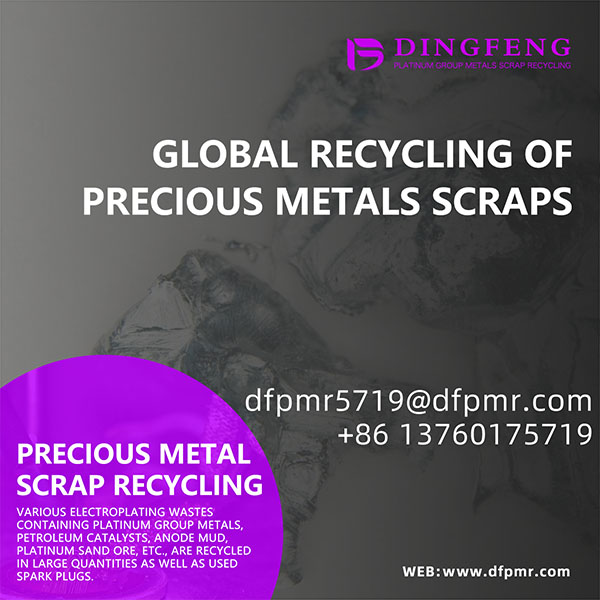
Unexpected Germanium Sources
Coal-Fired Power Plants:
- Fly ash (particularly from certain Appalachian and Chinese coals)
- Flue gas desulfurization sludge
- Bottom ash with 50-200 ppm germanium content
Zinc Production Facilities:
- Leach residues (up to 0.8% Ge)
- Jarosite wastes
- Electrolyte purification cakes
Steel Manufacturing:
- Blast furnace dusts
- Acid plant blowdown streams
- Slag processing tailings
Extraction Technology Advancements
Traditional germanium recovery methods achieved only 60-75% yields. Dingfeng's integrated system combines:
Physical Concentration:
- Sensor-based sorting (infrared/XRT)
- Advanced froth flotation
- Centrifugal concentration
Chemical Extraction:
- pH-controlled leaching
- Chelation-assisted recovery
- Selective precipitation
Final Purification:
- Multi-stage solvent extraction
- Zone refining
- Continuous ion exchange
Performance Metrics:
- 85-92% recovery from coal fly ash
- 78-85% from zinc residues
- 90-95% from electronic scraps
Economic Analysis
For a mid-sized zinc smelter producing 50,000 tons/year of residue:
- Potential germanium content: 25-100 kg
- Annual value at current prices: 120,000
- Processing cost: $8-12/kg recovered
- Net profit potential: 90,000/year
Real-World Example: A Chinese coal power plant installed our recovery system in 2021, generating $2.8 million in additional annual revenue from previously landfilled fly ash.


